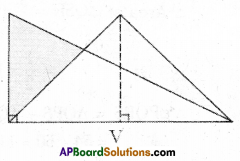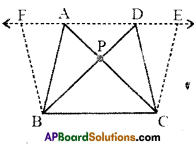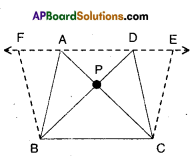AP State Syllabus AP Board 9th Class English Textbook Solutions Chapter 6A A Long Walk to Freedom Textbook Questions and Answers.
AP State Syllabus 9th Class English Solutions Chapter 6A A Long Walk to Freedom
9th Class English Chapter 6A A Long Walk to Freedom Textbook Questions and Answers
Look at the following pictures and answer the questions that follow.

Question 1.
What do you know about the great persons in these pictures?
Answer:
The pictures are of Mahatma Gandhi and Nelson Mandela. Both of them are world class leaders. They sacrificed their lives for their countries. They exhibited excellent human qualities in their movements. They remain forever as models for leadership and humanity.
![]()
Question 2.
What similarities do you find in their lives?
Answer:
Mahatma Gandhi and Nelson Mandela have a lot of similarities in their lives. In fact, Mandela derived inspiration from Gandhi. Both are coloured. Both suffered at the hands of the whites. Both of them fought for their countries. They sacrificed their personal lives for their movement. Both of them spent a lot of time in jails. People regard both of them as their greatest leaders.
Comprehension
Answer the following questions.
Question 1.
Why is it difficult to fulfil the ‘twin obligations’ in a country like South Africa?
Answer:
In South Africa, coloured persons were not allowed to fulfil their twin obligations. If anyone tried to do so, he was punished and isolated. Blacks were not permitted to live like human beings.
Question 2.
What sort of freedom did Mandela enjoy as a boy? Was it real? Give your opinion.
Answer:
Mandela was born free. He could run around in their fields. He could swim in the streams nearby. He had the freedom to roast maize under the stars. He enjoyed rides on the backs of bulls. But that freedom was very limited and purely private. Later, it turned out to be an illusion.
![]()
Question 3.
How did Mandela’s understanding of freedom change with age and experience?
Answer:
As a boy, Mandela thought he was free. As a student, he knew he did not have freedom. Later, he realized that all blacks were deprived of their freedom, dignity, and self-respect. Finally, he understood that he could not enjoy his limited freedom as long as his people were not free. He felt that freedom was indivisible.
Question 4.
What does the line ‘the oppressed and the oppressor alike are robbed of their humanity’ suggest?
Answer:
Mandela is a wise leader. He has a lot of insight. He says ’the oppressed and the oppressor alike are robbed of humanity1. For an ordinary person, only the oppressed appear to be the sufferer. But the oppressor also suffers from hatred. Hence all are losers. Freedom to everyone alone is the solution.
Question 5.
What relevance does Nelson Mandela’s life have to the present society?
Answer:
Mandela’s life is relevant to any place and at any time. His life basically deals with human values. And humanity remains the same everywhere and at any time.
![]()
Question 6.
“It was this desire … that animated my life”, which desire is the narrator referring to?
Answer:
The desire Mandela refers to is the greater hunger for the freedom of his people.
Vocabulary
I. Tick (✓) appropriate meaning for each of the following underlined words.
1. I was born free.
a) able to act at will
b) having personal rights
c) not subjected to constraints
d) costing nothing
Answer:
c) not subjected to constraints
2. I was prevented from fulfilling my obligations.
a) not able to perform
b) stopped from doing
c) conditioned to do
d) forced to do
Answer:
b) stopped from doing
![]()
3. My freedom was curtailed.
a) enhanced
b) lost
c) reduced
d) blocked
Answer:
c) reduced
4. I was not a virtuous leader.
a) dignified
b) law-abiding
c) well behaved
d) honest
Answer:
d) honest
II. Read the following paragraph carefully. Fill in the blanks with the most appropriate forms of the words in brackets.
Nelson Mandela was an outstanding black ___(1)___ (lead) of South Africa, who spent his life time ___(2)___ (fight) against racial ___(3)___ (segregate). He had to spend 30 years of imprisonment to achieve ___(4)___ (free) of the coloured. Finally he ___(5)___ (creation) history when he became the first black man as the President of ___(6)___ (independence) Republic of South Africa. This great leader who has been a source of ___(7)___ (inspire)for millions of freedom lovers in the world was influenced by Mahathma Gandhi, the father of our nation!
Answer:
1) leader
2) fighting
3) segregation
4) freedom
5) created
6) independent
7) inspiration
Grammar
Defining Relative Clause :
Read the following sentences and notice the underlined parts.
1. The man who takes away another man’s freedom is a prisoner.
2. The people followed the principles that Mandela advocated.
- As you perhaps know, the clauses underlined above are called adjectival clauses because they qualify the noun in the preceding clause.
- In (1) we are able to identify who the man is with the help of the information contained in the clause, who takes another man’s freedom. Similarly, the identity of the principles is revealed by the clause, that Mandela advocated. Without these clauses, the listeners will not be able to know who the man is and which principles they are. Who in (1) refers to the man and that in (2) refers to the principles. These words in these sentences are
Relative pronouns.
- The Adjectival clauses are also called Defining Relative Clauses because they help to define the person or the object referred to.
- The whole expression containing the noun phrase and the Relative Clause now acts like a single noun phrase.
Pick out the Defining Relative Clauses and the noun phrases they define from the text. Fill in the table given below. One is done for you.
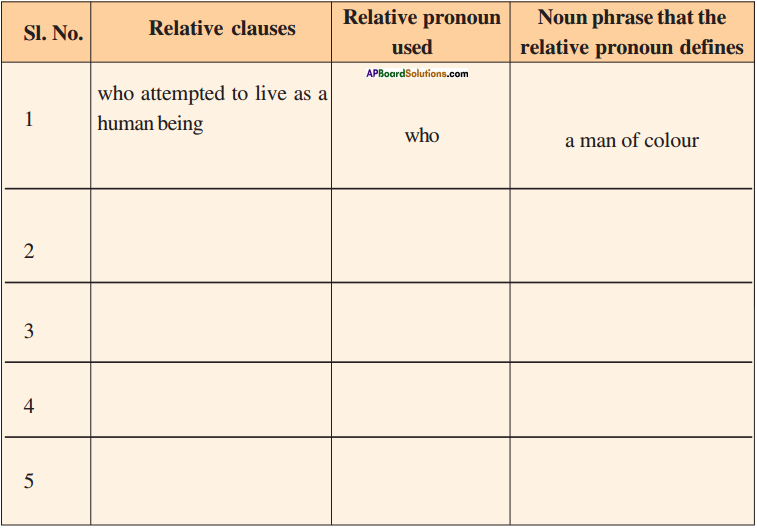

Writing
I. Read the story once again and analyze the text in the light of the following questions.
- What incidents do you find in the first paragraph?
- How does the writer reflect on (feel about) these incidents?
- What is the writer’s point of view on the incidents?
You may have witnessed several instances of discrimination in the world around you. Write an essay about one such incident. You may use the following clues:
- When and where did it take place?
- With whom did the incident occur?
- What were you doing at that time?
- How did you feel about these incidents?
Answer:
Pleasant are the ways of villagers. Sometimes the ways are mysterious too, particularly to a town boy as young as 12. Even after clear explanation by village elders, I find it difficult to understand the way the villagers behaved that day.
It was summer. As in every summer, I had been to my grandparents’ village. Born and growing in a small house in a crowded town, I always love to go to villages. And my love for my grandfather’s village is all the more as it is on a river bank with a range of hillocks on another side. I also cherish village games and countryside walks.
That particular day filled my heart with rather sad feelings. My grandfather and I were walking along a path beside the river. A man of about 25 was riding a bicycle towards the village. A young boy of below 10 years was sitting on the back seat of the cycle. He appeared to have been enjoying that ride as if it were for the first time he was riding a cycle !
Suddenly a group of 5 or 6 men stopped the cycle. They started scolding the man for allowing the boy to sit on his cycle. And as to the boy, they almost beat him. The boy’s eyes were filled with tears of fear. The trembling boy’s tender face left a deep impression on my mind. And the memory has been haunting me whenever I think of the village. Since then, though I have been going there, the feelings about the village have not been as pleasant as they used to be before that incident.
As I was at my wit’s end as to why the boy shouldn’t ride the bicycle, I asked my grandmother the reason for their behaviour. Grandmother said in a hushed voice that the boy belonged to a lower caste and the man was from a higher caste !
My mind failed to understand that and till today I see no point in that attitude ! May God bless us with the understanding that all men – nay, all living beings – are equal !
Study Skills
Read the following biographical account of a great patriot of India, which describes events in his life. After reading the text, complete the chronological table.
Subhash Chandra Bose was born on 23rd January in Cuttack in 1897. He was born in a rich family. When he was five he was admitted into a big European school. At the age of twelve, he was shifted to another school, where his headmaster, Beni Madhav Das, kindled the spirit of patriotism in him. When he was fifteen, he came under the profound influence of an outstanding spiritual leader, Swami Vivekananda.
After his graduation, Subhash left for Cambridge in 1919 to appear for the Indian Civil Service Examination (ICS). But he had made up his mind to dedicate his life to the service of his country; he resigned from the Indian Civil Service and returned to India in 1921. He took part in freedom struggle, Independence Movement and fought against the British rule in India. Bose was arrested and sent to a prison in Burma. With the cooperation of some prisoners and freedom lovers, Bose formed the Indian National Army (INA) in 1941 in Singapore. He inspired the troops to fight against the British to liberate their motherland. On 21st October 1943, the Azad Hind Government was set up in foreign soil.
Subhash is called ‘Nethaji’ (Neta- a leader) because he was a true and passionate leader of the Indian struggle for freedom.
![]()
Complete the following table based on your reading of the passage.
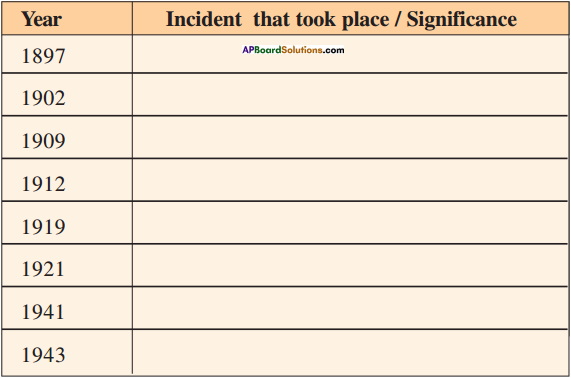
| Year | Incident that took place/Significance |
| 1. 1897 | Subhash Chandra Bose was born on 23 January |
| 2. 1902 | Joined a big European school |
| 3. 1909 | Shifted to another school/headmaster Beni Madhav Das kindled the spirit of patriotism |
| 4. 1912 | Came under the influence of Swami Vivekananda |
| 5. 1919 | Left for Cambridge to appear for Indian Civil Service Examination |
| 6. 1921 | Resigned from Indian Civil Service and returned to India |
| 7. 1941 | Formed Indian National Army (INA) in Singapore |
| 8. 1943 | Set up Azad Hind Government – on 21st October in foreign soil. |
Listening
Practise listening carefully. Then you will be bale to speak.
Listen to the ‘speech of Subhash Chandra Bose’ and answer the questions that follow.
Speech of Subhash Chandra Bose
Brave soldiers! Today you have taken an oath that you will give fight to the enemy till the last breath of your life, under the national tricolour. From today you are the soldiers of the Indian National Army of free India. You have volunteered to shoulder the responsibility of forty crores of Indians. From today your mind, might and money belong to the Indian Nation. Friends, you have the honour to be the pioneer soldiers of Azad Hind Fauj. Your names will be written in the history of Free India. Every soldier who is martyred in this holy war will have a monument, Free India. The coming generations will shower flowers on those monuments. You are very fortunate that you have got this valuable opportunity to serve your motherland. Although we are performing this ceremony in a foreign land, our heads and hearts are in our country. You should remember that your military and political responsibilities are increasing day by day and you must be ready to shoulder them competently. The drum of Indian Independence has been sounded. We have to prepare for the battle ahead. We should prepare ourselves as early as possible so that we can perform the duties we have shouldered. I assure you that the time is not far off when you will have to put to use the military skill which you possess.
Today we are taking the vow of independence under the National Flag. A time will come when you will salute this flag in the Red Fort. But remember that you will have to pay the price of freedom. It has to be got by force. Its price is blood. We will not beg freedom from any foreign country. We shall achieve freedom by paying its price. It doesn’t matter how much price we have to pay for it. I assure you that I will lead the army when we march to India together. The news of the ceremony that we are performing here has reached India. It will encourage the patriots at home, who are fighting empty-handed against the British. Throughout my life, it had been my ambition to equip an army that would capture freedom from the enemy. Today I congratulate you because the honour of such an army belongs to you. With this, I close my speech. May God be with you and give you the strength to the pledge which you have taken voluntarily today.
Inquilab Zindabad!
![]()
I. Based on the ‘speech of Subhash Chandra Bose’ answer the following question orally.
1. What is the thrust of Subhash Chandra Bose’s speech?
Answer:
The thrust (main point) of Bose’s speech is motivating the soldiers to fight for mother India’s Freedom with a sense of sacrifice and responsibility.
II. Say whether the following statements are True or False.
1. Subhash asked the soldiers to sacrifice everything for their motherland.
Answer:
True
2. Subhash dreamt that every soldier of INA would have a monument in Free India.
Answer:
True
III. Have you ever heard of &ny national leader’s speech? Talk about him/her.
Answer:
Yes. I heard of Atal Biharr Vajpayee’s speech. He uses a very simple language. Humour is clear and dignified in his talk. He quotes from poetry and himself composes poems and recites. His commitment to the cause of the country makes his words appealing. His selfless service adds force to his flow of sounds.
Oral Activity
Debating
Work in pairs. Organize a debate in dass on the following proposition. Women should work in kitchens and men in offices.
One member of the pair speaks in favour of the proposition, while the other speaks against it.
Remember
- Organize your ideas as main points and sub-points;
- Put your ideas in a proper order ( sequence);
- Give suitable examples, quotes;
- Use polite expressions;
You may use some of the following words/phrases to express your views
- In my opinion ………………
- personally feel ………………
- It’s my feeling ……………….
- think ……………..
To agree with your opponents
- I agree with my worthy opponents ……………..
- I am in favour of the ……………..
- I think they / you are right ……………..
- I support the idea ……………..
To disagree with your opponents
- I’m sorry to differ with you ……………..
- I disagree with you ……………..
- It may be your opinion but I’m not happy with this ……………..
- That’s purely your idea but the reality is different ……………..
To establish your point of view/stand
- Since I have evidence I strongly believe this ……………..
- I’m fully confident with my point as ……………..
- I’ve no doubt about this since it is a ……………..
- Therefore I conclude that ……………..
A : It is definitely very good if women remain at home and men work in, offices. It was practised in good olden days and everyone lived happily and peacefully.
B : I love to agree with your example. But that belongs to past. We live in the present. The times have changed a lot. Change, we must along with the time !
C : Women confining to homes is a good proposition. That is the place where a woman’s abilities are most useful. Work at offices men can take care of!
D : I’m really sorry to disagree with you! Women, no doubt, are best home makers. But that doesn’t mean they cannot do other things. Don’t we have examples in thousands that prove women’s abilities! What about Sakuntala Devi, Sunitha Williams ; Kalpana Chawla ; Indra Nobyi; Indir a Gandhi, and many more?
E : Hard working husband and school going students need personalised service at home. So it would always be good for women to stay at home. A hgppy father and satisfied children make a home a pleasant place to live in!
F : That is a fine idea. But what about the feelings of a woman. Particulary when she has an urge for expression of her talents! You see from one angle. Let’s try to be comprehensive.
G : Women have tremendous patience. She can attend to work at home and yet be a office goer. Allowing women to work outside is advantageous in many ways. Inconveniences, if any, can be sorted out somehow. Father and children should learn to enjoy sharing work at home. Then everyone will be happy.
H : It is a balanced opinion. What I would like to put in is that every woman has her own choice. Some women may prefer to stay at home on their own. Others may love to take up a job outside. Hence what I feel to be the best option is to give freedom to women to be a home maker or a job seeker!
A Long Walk to Freedom Summary in English
Nelson Mandela’s narration ‘A Long Walk to Freedom’ is at once soul-stirring and thought-provoking. Every man has obligations to his family and his country. Fulfilling them depends on one’s ability and nature. But in South Africa coloured people were not allowed to fulfil any of those obligations. But Mandela tried and succeeded to fulfil his obligations to the country. But he failed in the case of his family. He was born free. But soon he discovered that his freedom was not true. He realised that no black in South Africa was free. They didn’t have self-respect too. His hunger for personal freedom became the hunger for everyone’s freedom. For that, he changed himself. He became animated. He became bold. He sacrificed his personal ambitions and life. He worked for the freedom of the oppressor too. He believed that freedom was indivisible. He attempted for freedom to everyone and he achieved it too.
A Long Walk to Freedom Glossary
twin (adj) : two
obligations (n-plural) : duties ; responsibilities
humane (adj) : kind ; concerned
inevitably (adv) : as is certain to happen
inclinations (n-plural) : feelings /tendencies that make one do something
isolated (v-past tense) : separated from others
ripped (v-past tense) : torn ; separated
twilight (adj) : mysterious ; uncertain ; not clearly defined
rebellion (n) : opposition to authority
mealies (n-plural) : maize
abided by (ph.v) : accepted the law / worked according to rules
illusion (n) : something that appears to be present but actually not present
transitory (adj) : temporary
yearned (v-past tense) : wanted very much ; longed
potential (n) : quality that exists and can be developed
keep (n) : food, clothes and other basic things that one needs to live
obstructed (v-past tense) : blocked ; stopped
![]()
curtailed (v-past tense) : limited
animated (v-past tense) : made full of energy
monk (n) : a person living without family, personal possessions etc.
virtuous (adj) : behaving in a very good and moral way ; honest
oppress (v) : treat others cruelly and unfairly
oppressor (n) : a person oppressing others
the oppressed (v-past participle – used as a noun along with ‘the’) (plural) : people who are oppressed
prejudice (n) : an unreasonable dislike based on race etc.




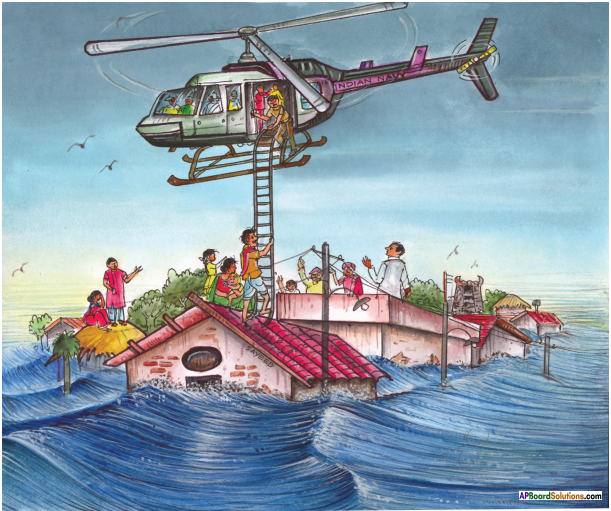
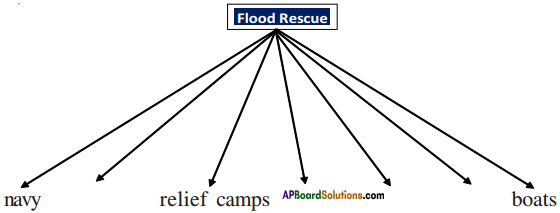
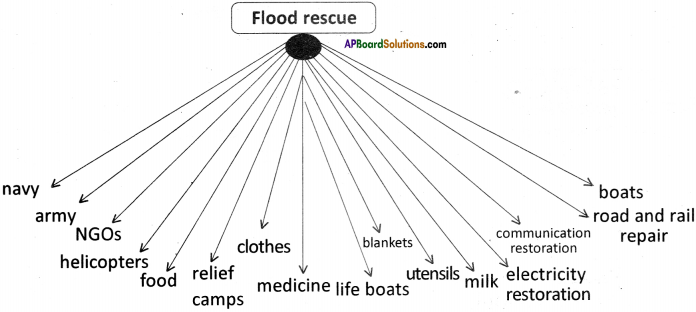

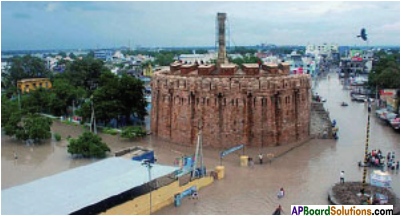




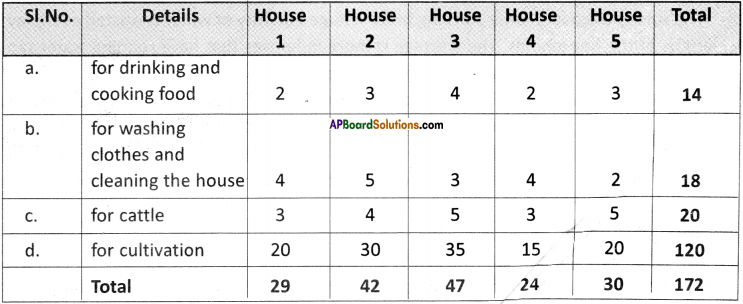
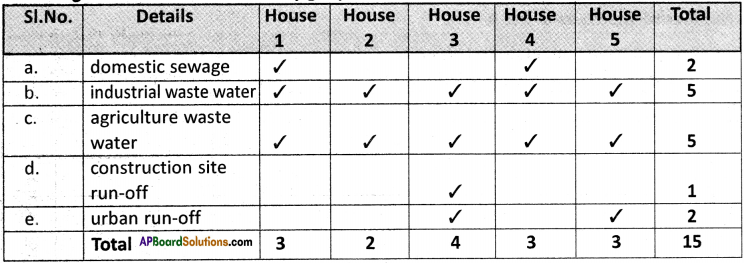

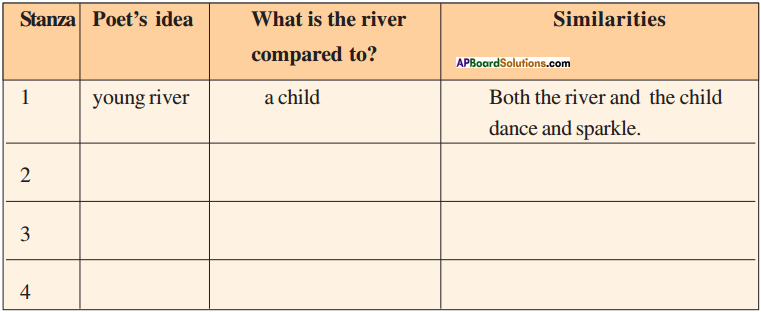



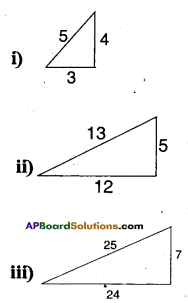








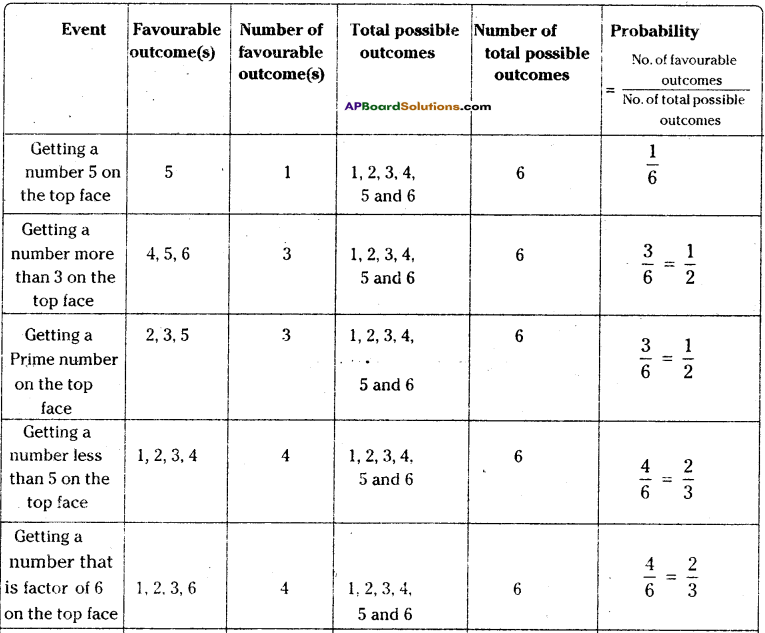
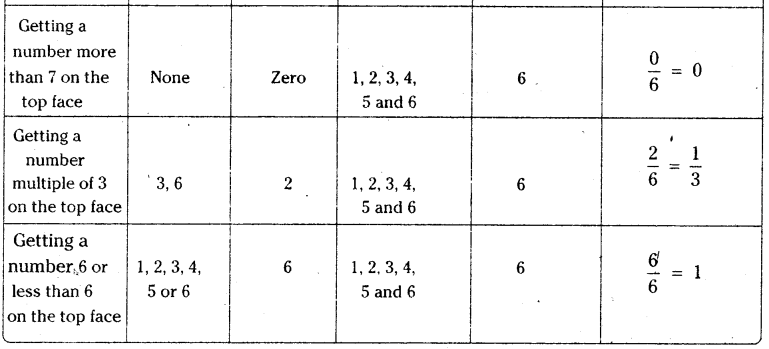
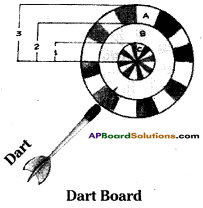


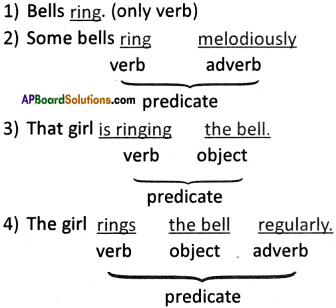

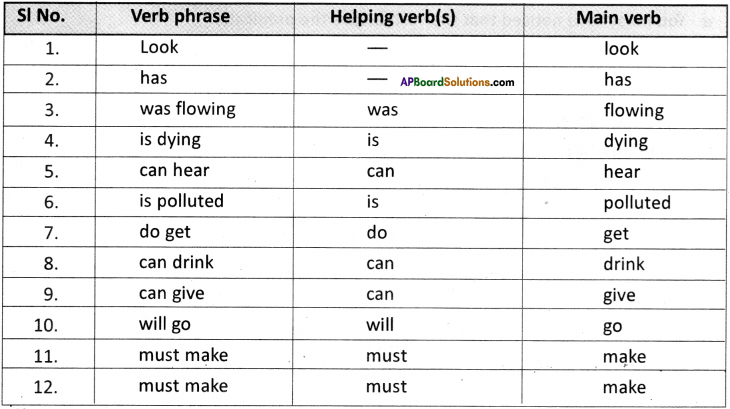
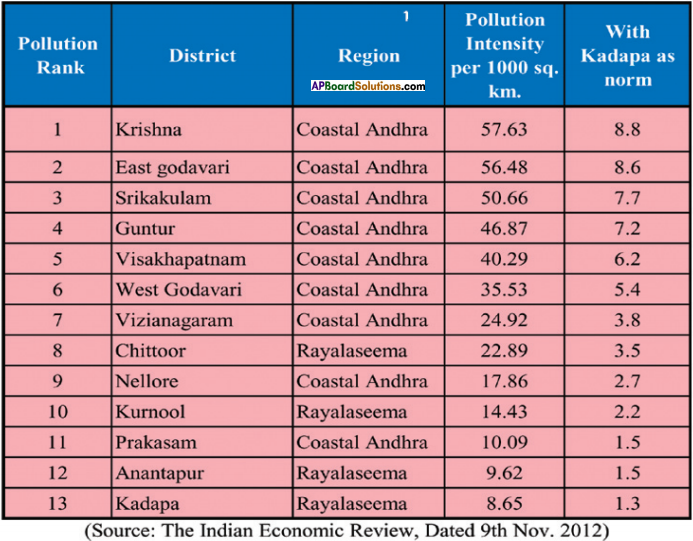




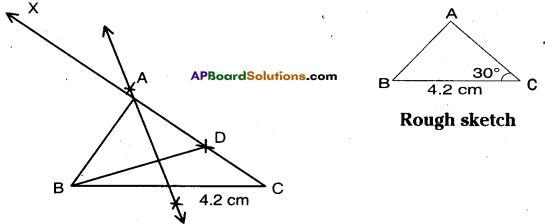




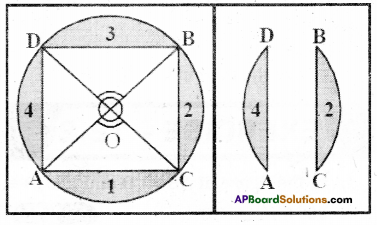
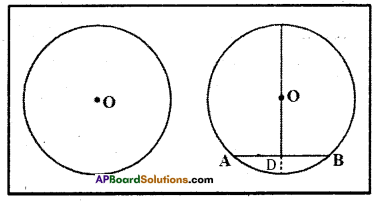
 [Page No. 267]
[Page No. 267]






